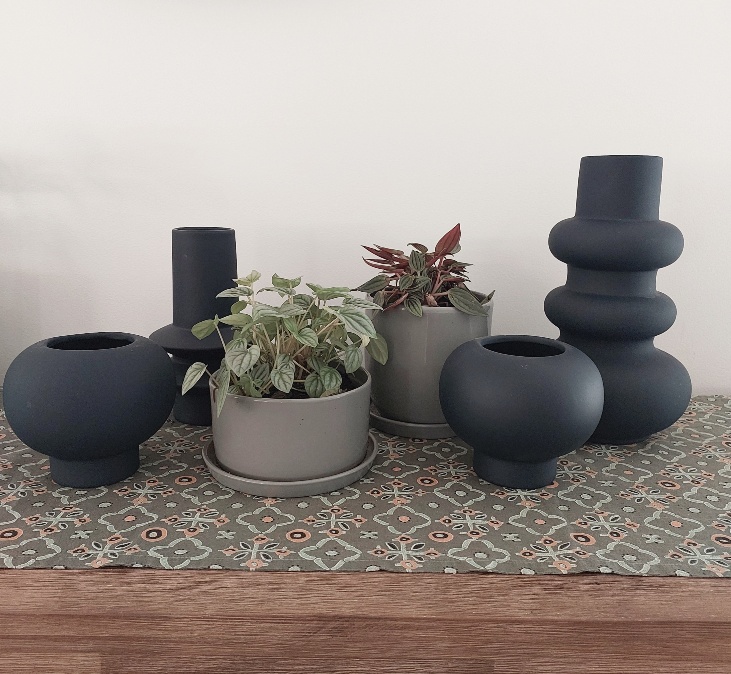
25 Aug Indoor Plant Suggestions
Continuing on from last month’s article on Indoor Plant Care – this month we are focusing on selecting your indoor plants with a range of plant suggestions listed below
The plants which do work best for indoors tend to be species which in nature naturally grow in the under storey of rainforests, shady moist environments like the edges of caves or in the canopies of trees. Many indoor plants are actually epiphytes – those plants which don’t need deep soil or light and they take nutrients in from the air like orchids.
Then you also have some plants which nursery growers over the years have decided to try growing in hot houses or shade houses and they have cultivated these plants over time as species for indoor plant sales. For example, many of the palms and figs you find in nurseries.
A few things to remember with all indoor plants is if you have bought the plant as an indoor plant they are not going to cope with direct sunlight on their foliage, windy condition and or any frost. If you wanted the plant to cope with any of these conditions, then you need to slowly move them into these locations so they can adapt.
Indoor plants hate air conditioning and heating so try to keep them away from areas in front of vents.
Indoor Plant Suggestions
Spathiphyllum – Commonly known as Madonna or Peace Lily. This is one of the most forgiving indoor plants you could grow. It is available in a range of sizes from dwarf varieties, medium sized varieties up to the giant versions. I normally find the bigger the leaf the less flowers they will produce. The biggest variety on the market is the Sensation Lily which have a darker green leaf with large white flowers, it is quite architectural in shape. These will work well in the darkest of rooms.
Philodendron Xanadu – There are lots of Philodendrons that work well for inside, but this is a favourite of mine because of the leaf shape and colour. They have the potential to be up to one metre in height x one metre in width but the pot size will limit its growth to a certain extent – it will grow well in indirect light to almost direct light anywhere. A bigger leaved Philodendron that works well in good light is Philodendron “Rojo Congo”.
Pepperomia – Commonly known as Radiator plant. They are compact small growers perfect for terrariums or windowsills. There are many different varieties available all with interesting foliage. It is available in many shades of green, grey or red with different variegations. They can have stripes, be mottled, spotted or even a mix of everything. Their leaves can also have different textures. They will grow best in good indirect light.

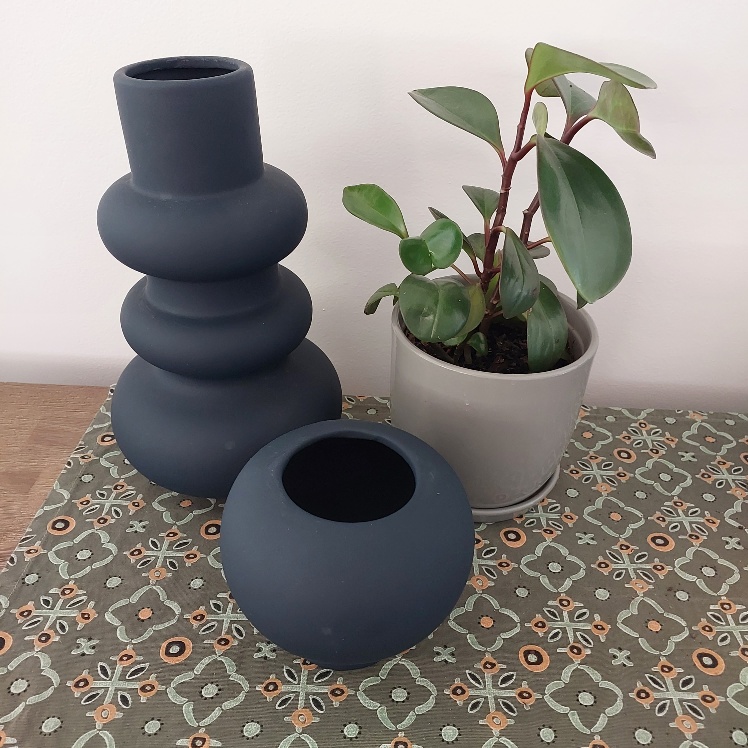
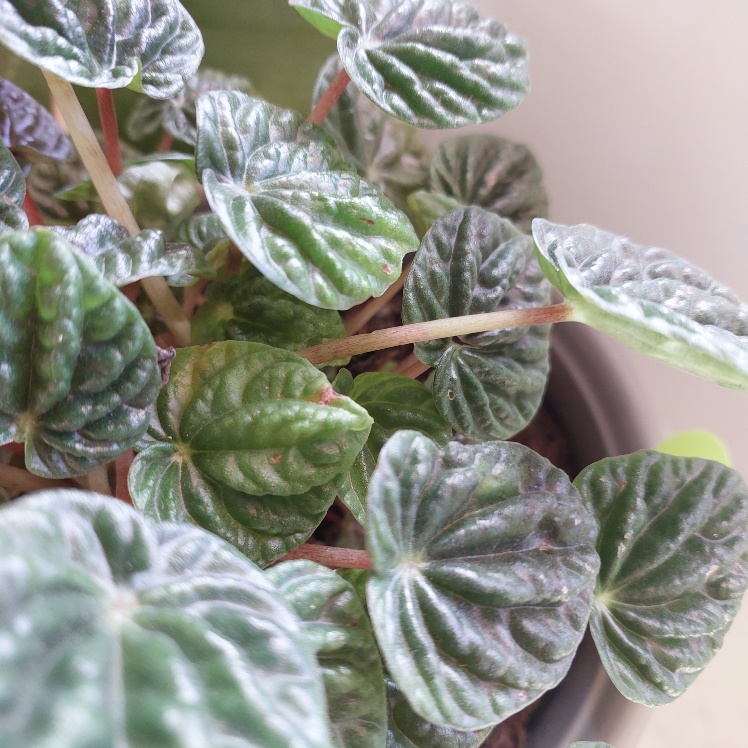
Bromeliads – This is a huge plant group which comes in lots of different shapes, colours and sizes. They all need a good light. They are low maintenance and easy to water as they will tell you when they need watering. The plant has a circular arrangement of leaves that form a water holding areas or tank at the base of the leaves. When this tank is empty of water the plant will need watering.
Fiddle Leaved Figs (Ficus lyrata) – It has large chunky leaves and has a great architectural shape which makes it a great feature plant to have sitting in the corner of a room. The Fig will need good indirect light. Another Ficus which is making a comeback (as it was the ultimate 1970’s house plant) is the rubber plant (Ficus elastica) however it is now available in a variety of foliage colours.
Pothos (Devils Ivy) – There are many different types available, but all have heart shaped leaves and all have a trailing habit or if given support will climb up a wall. Often sold with timber totems for them to grow on or in a hanging basket. A very hardy plant for good to indirect light rooms.
Aglaonema – Is a bushy leaved plant available in many different leaf variegations. Variegated plants in general require a very light location as they will revert to all green if they do not get enough light. These plants have narrow oval shaped leaves and will reach about 300mm x 300mm in width and height.
ZZ Plant – (Zamioculcas zamiifolia) – With the glossiest of green leaves this plant is sure to brighten up the darkest of corners in your house. It will tolerate a low level of light, low amounts of water basically it can almost be neglected. It will reach about 40 – 60 cm in height and width. The stems of the plant sit in an upright arrangement with a natural bend or curve at the top. The waxy almost plastic looking leaves are oval in shape and sit at a rigid angle off the stem. This plant has been proven by NASA to be excellent at purifying the air by removing toxins. However, it does come with a definite warning all parts of this plant are poisonous to humans and animals so make sure that it is placed out of reach from little one’s hand and your furry friends paws.
Calathea – Also known as Prayer Plants or Paddle Plants. There are many cultivars of this genus available, so it is hard to tie down and exact description but in general they all have paddle shaped leaves with interesting colour variations and textures. Some almost look like they have been hand painted. They can be a little fussy to grow but if you find the perfect location they will thrive. They need a good indirect light position in a warm room, they need very well draining soil and they like to be kept just moist not wet. Known as Prayer Plants because in the evening as it gets dark the leaves will close over like a set of hands coming into a praying position. Then when the night returns the leaves will unfurl again.
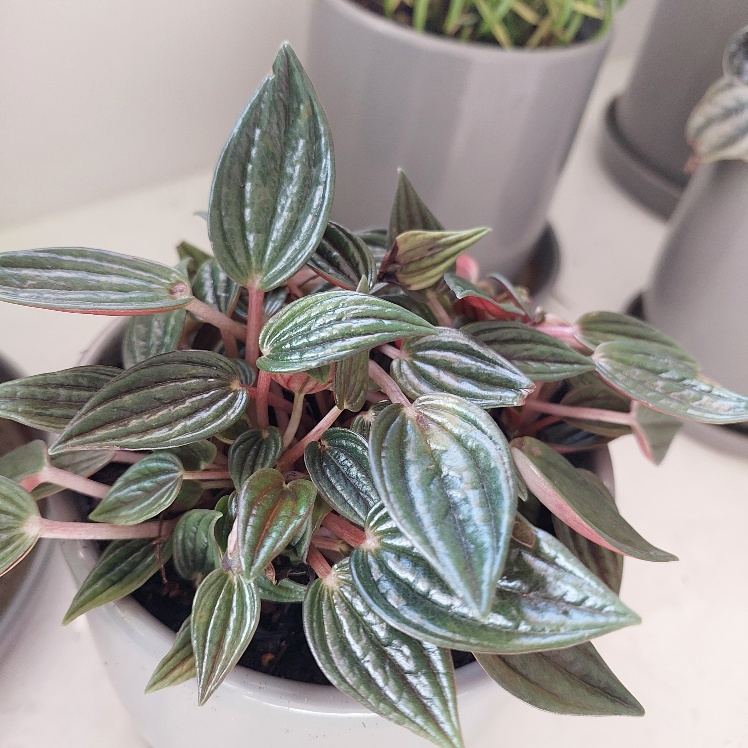
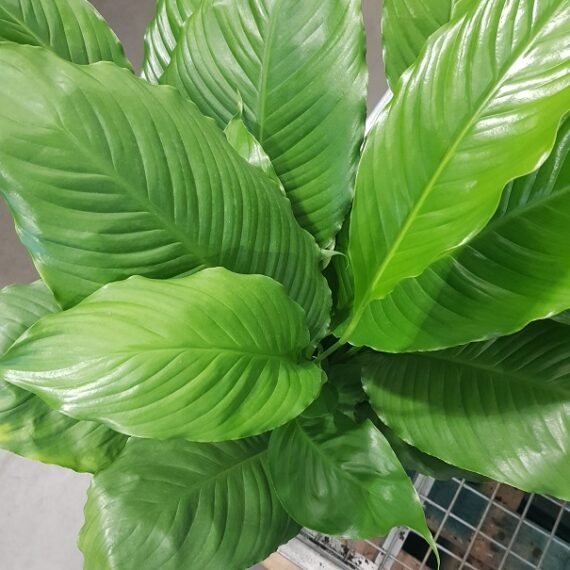
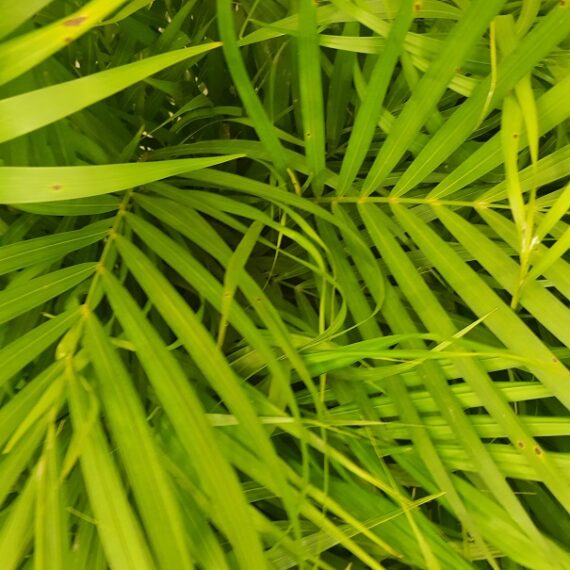
Pilea – These plants develop lots of short stems with a single flat rounded leaf at each end. Where the stem meets the leaf there will be a single yellow dot on the leaf. The leaves are a mid-green colour, they are very hardy for indoors in a nice indirect light position. Also known as the Chinese Money Plant as when the circular leaves grow, they can grow on top of one another. These rounded leaves then look like a pile of coins.
Aspidistra – I would say this is the toughest of all indoor plants which is why it has earned the name Cast Iron Plant, as it is as tough as cast iron. The only thing that may set it back is frost or too much direct sunlight. Even then they are likely just to die back and then reshoot with a little care. They have dark green glossy paddle shaped leaves that can be a little floppy towards the tips. Depending on the size of the pot these plants can reach 1 metre x 1 metre however they are very slow growing. Hence why they can be a little more expensive than other indoor plants. They will take dark locations indoors and tolerant temperature variations and draughts. Aspidistras will need to be watered but if you do forget it is quite forgiving. The variegated forms are not as tough as the straight green form.
Dieffenbachia – A very traditional indoor plant with oval fleshy leaves that can be mottled with spots and flecks in shades of green, yellow and white. This plant is quite hardy. They like a good indirect light position with regular watering however it does not want to be left standing in water or be overwatered. It does have a flower, but it is not as showy as the leaves. All parts of this plant are poisonous to humans and animals
Dracaena marginata – They are very architectural spiky looking plants, that will need good light and a fair amount of space across the vertical plane. Probably best suited to more contemporary décor, they do also grow really well outside if sun hardened.
You may buy them as a single plant or multiple plants in the one pot. They have stems which are grey in colour, the sword shaped leaves tend to be located more towards the top of the stem and will form almost rosettes of foliage around the stem. They are quite drought tolerant and fairly slow growing.
Tillandsia – Commonly known as Air Plants, there are many different species available all with a variety of different foliage forms and colours. The Air plants can look a bit like sea creature with their leaves looking like tentacles growing in all directions. They are all epiphytes and will not need any soil for them to grow in. Require a good light position where there is some humidity in the air. Watering can either be done by drowning the entire plant in a basin of water once every 10 days or you can mist over the foliage with water every few days. If you do water them in a basin once complete leave them sitting upside down to drain. Sometime available to purchase where they have been attached to some form of timber trunk or even rocks. You can place Air Plants anywhere in your home as long as they receive the right conditions. I quite like growing them in terrariums or you can sit them on and around hanging pot plants.
Please Note: If you do have your pets inside you will need to check on what plants are safe for them in, case they do ingest any parts of the plants.



